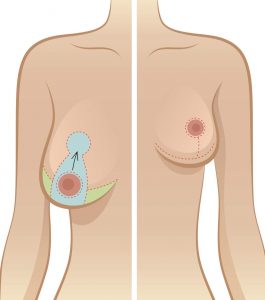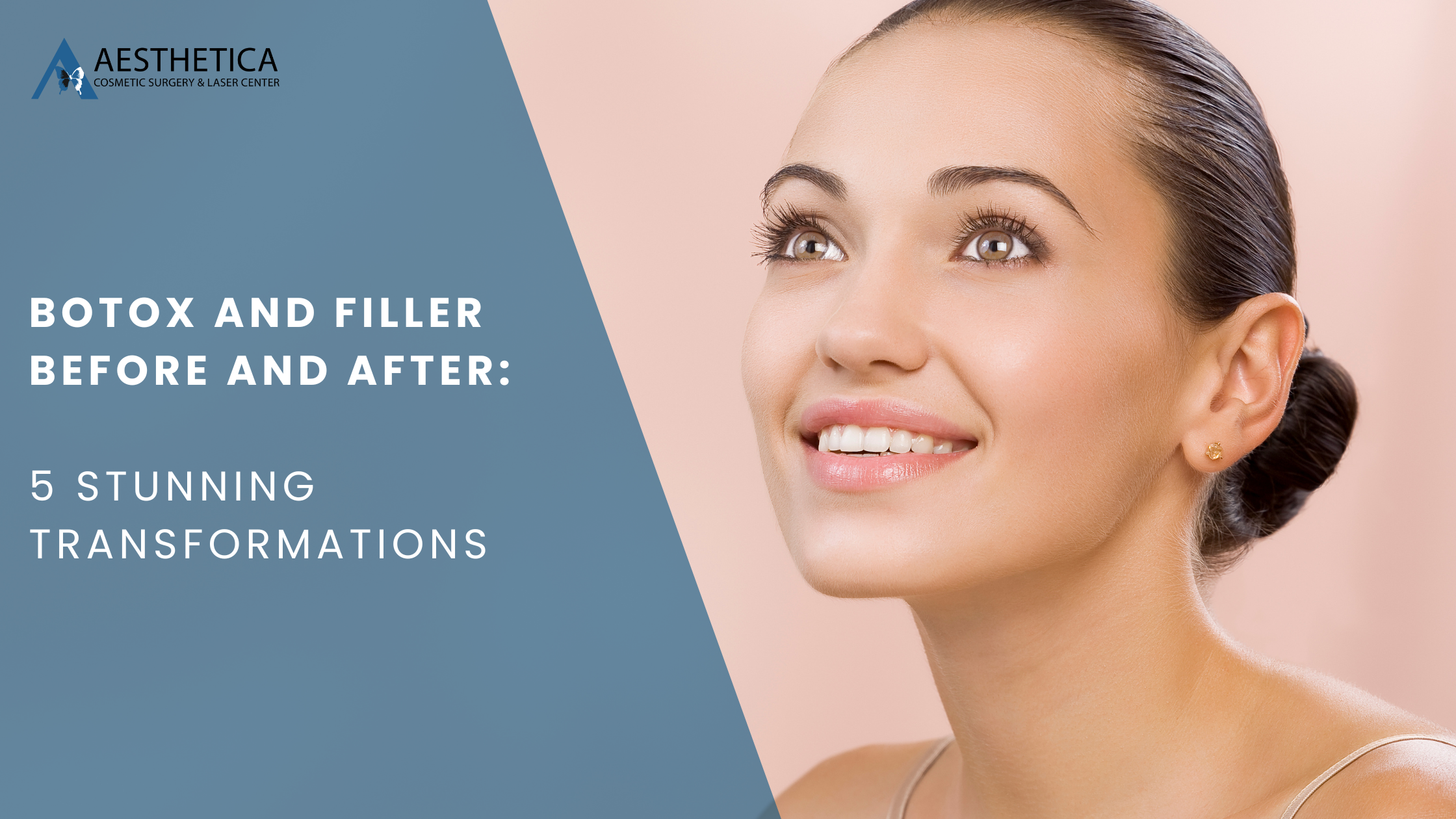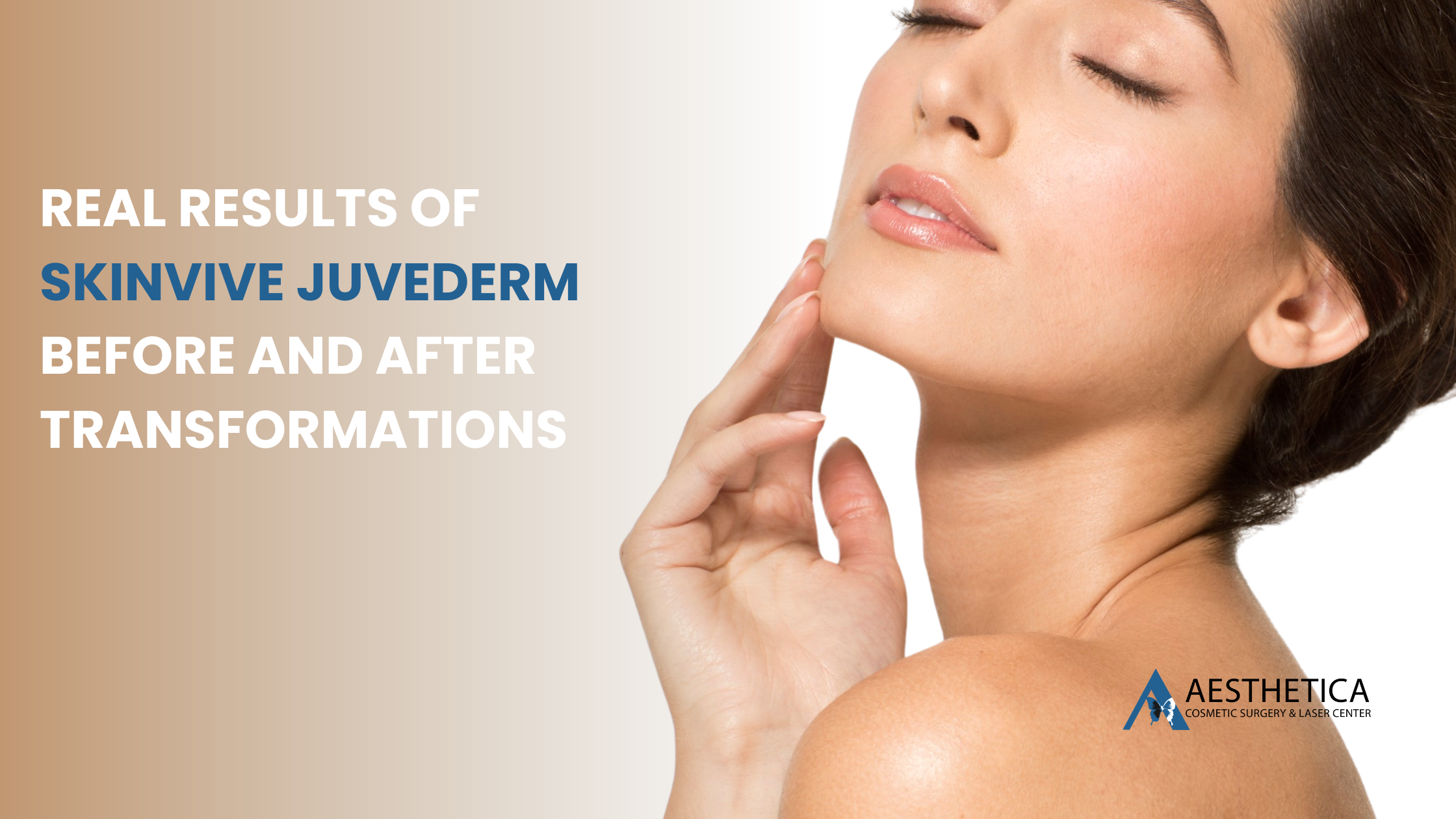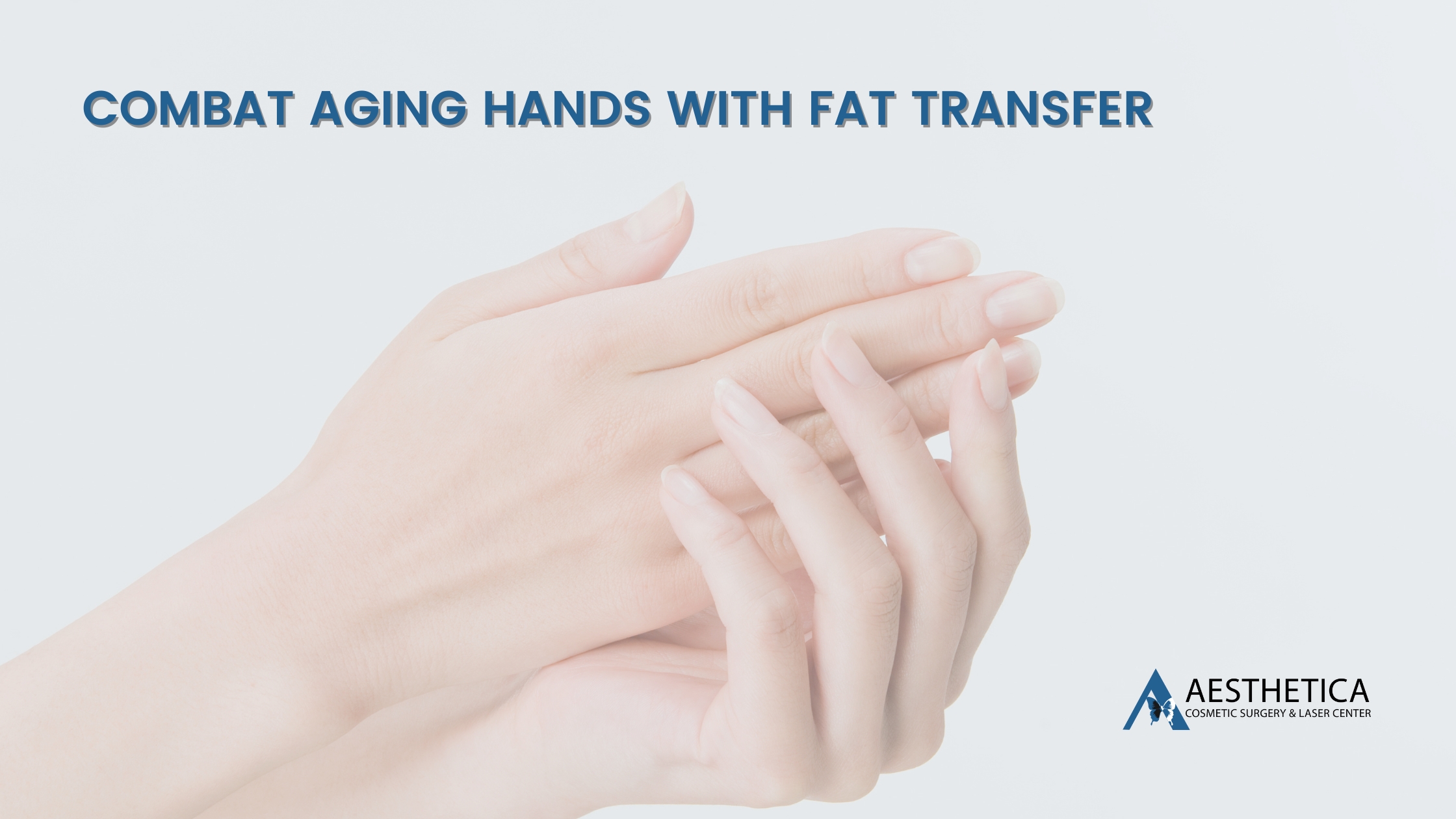5 Common Myths About Breast Reduction Surgery
Breast reduction has the highest satisfaction rate among cosmetic surgery procedures according to the American Society of Plastic Surgeons. That is largely due to the fact that expectations almost perfectly mirror the results post-operation.
Patients with excessively large breasts often complain that their breasts are heavy or sagging; that they cause back pain, bra-strap grooving, decreased mobility; and make it harder to exercise. Women with large breasts are often dismayed by their sagging appearance, which causes a negative body image and can lead to lower self esteem.
Find out what to expect after a breast reduction so that you’ll be adequately prepared if you decide to pursue one.
List of Complaints From Women Who Have Large Breasts
List of Complaints From Women Who Have Large Breasts
*Bra-strap grooving.
*Difficulty buying clothes
*Negative body image
*Physical and psychological discomfort with exercising.
*Uncomfortable and unwanted gawking and attention.
*Decreased ability to breastfeed because the baby is unable to latch properly.
*Decreased sensation as the sensory nerves begin to elongate.
Myth #1 Breast reduction scars are always scary
- Precise incisions around the areola in order to hide the scar between the areola skin and normal skin
- Placement of strong deep sutures that take the tension off of the surface scar
- Use small epidermal sutures to precisely make the skin kiss
- Biocorneum gel which daily for 2-3 months which includes vitamin E, silicone gel, and sunblock
- Silicone sheeting at night for 2-4 months which compresses and protects the scar

Quick Facts about Breast Reduction Scars:
- All scares take about 1 to 1.5 years to fade.
- The areola scar blends in in the demarcation line between your areola and normal skin.
- The vertical scar is hidden in the under-curve of the breast.
- The horizontal scar is hidden in the normal breast crease.
Myth #2 Insurance will not cover breast reduction surgery
This is not true. Insurance will often pay for breast reduction surgery. This is because they recognize that large breasts are heavy and can often lead to both physical and psychological problems. For example: heavy breasts can cause back and shoulder pain, lead to spinal curvature or shoulder grooving, or lead to chronic rashes and fungus in the breast fold. Affected women will also often have difficulty exercising leading to weight gain. Because of these potential health concerns, insurance companies often support a breast reduction surgery provided you meet certain criteria. Our office will help you through the process.
Myth #3 You will not be able to breastfeed after a breast reduction
Did you know that 20% of women cannot naturally breastfeed? The ability to breastfeed should not be affected by having a breast reduction. Likewise, sensation to the breasts should also not be affected.
Studies have found that 20 percent of women who have NOT had breast reduction surgery cannot naturally breastfeed. While there are many reasons why these women are unable to breastfeed, one of the most prominent is that infants of large-breasted women have frequently been found to be unable to latch onto the nipple because of the breast getting in the way. Over-stretching of the milk ducts is another potential concern for these women.
The number of women who cannot breastfeed after a breast reduction surgery is also 20 percent. As you probably noticed, this is the exact same statistic as for the normal population. This does not mean that breast reduction surgery was the determining factor of being unable to breastfeed for a minority of these women, but it does imply that that breast reduction surgery is not a significant factor.
Myth #4 You will lost nipple sensation after a breast reduction
Similarly, it is known that up to 10 percent of “unoperated” women with large breasts have poor or no nipple sensation. This finding has been attributed to the over-stretching of the sensory nerves as the breasts become longer and heavier. Statistically, only 1% of women lose nipple sensation after a breast reduction surgery.
Breast reduction should not affect nipple sensation. Nipple sensation comes from a nerve that runs directly from the side of the nipple at a right angle and then runs up toward the surface when it reaches a point directly under the nipple. Most breast reduction techniques avoid this path as much as possible.
Myth #5 You should avoid exercise after a breast reduction
This myth could not be further from the truth. The truth is that most large breasted women have a hard time with exercise. Large breasts are heavy. Large breasts bounce around a lot. Large breasts draw a lot of unwanted attention at the gym… particularly if you are running or jumping. The reality is that most women with large breasts have a difficult time wanting to exercise.
Breast reduction surgery frees you up from all of these negatives. It allows women to get to the gym and become more healthy without all the unwanted attention.
We do, however, recommend to all of our patients to take things slowly for the first two weeks of postoperative care. We recommend light activity, such as slow walks and mild lower-body exercises. You can pick up the tempo a little between week three and week six, but you must avoid any jogging, running, jumping, or vigorous cardio until your doctor approves.
Conclusion
Most women report much higher levels of satisfaction with their appearance after a breast reduction operation along with a significant decrease in back and chest pain. If you’re considering getting a breast reduction, think about what is really important to you. Does your job require you to always be on the move or involve physical activity? You may need to take significant time off of work or ask for different responsibilities. Are you committed to breastfeeding a child?
Once you know what’s important to you, talk to a doctor for help navigating your unique situation. Knowing what to expect is key to having a successful breast reduction surgery and recovery
FAQs
Acne is the most common skin condition in the U.S. affecting nearly 50 million Americans at any time. Acne is caused when hair follicles become clogged with oil and dead skin cells. It can often be persistent and unsightly.
The Acne Clear BBL is a cutting-edge acne treatment that uses the power of light to comfortably and effectively clear acne without expensive creams or toxic medicines…
Brown sun and age spots are some of the first signs of aging and sun damage.
Treatment options include
- Creams such as hydroquinone and retin A. Hydroquinone is a bleaching agent while Retin A increases cellular turnover. Over-the-counter creams will generally not have high enough concentrations to be effective.
- Forever Young BBL – Cutting edge technology providing the most powerful and effective IPL option.
The Forever Young BBL uses Broad Band Light to alter skin melanin and rejuvenate cellular DNA. Instead of spending time and money on ineffective skin care products many of our patients have turned to the Forever Young BBL to make their skin more vibrant and youthful; reducing brown and red pigmentation problems, promoting collagen, and rejuvenating cellular DNA. It is the most popular laser treatment in our clinic.
What to expect from the Forever Young BBL:
- Treatments take 20-30 minutes
- Up to 80% improvement after a single treatment.
- Most patients will benefit from adding a Micro Laser Peel and a Profractional Laser Peel ( Triple Laser Package )
Fine facial lines and wrinkles are a result of UV sun damage, the breakdown of collagen, and a decrease in skin hydration. The Micro Laser Peel and the Profractional Laser are ablative lasers designed to reverse these changes.
- The Micro Laser Peel precisely ablates the surface skin in order to remove UV damaged skin
- The Profractional Laser ablates deep columns of skin that can reach to the deep dermis. This allows for skin contraction but it also encourages new cell grown and organizes new collagen
Results depend on the depth of treatment. Recovery from a maintenance treatment can be as little as a day; but recovery from aggressive treatments can be as much as 7 days. Many patients will benefit from the addition of the Forever Young BBL ( Triple Laser Package ).
More Articles For You

BOTOX and Filler Before and After: 5 Stunning Transformations
In the realm of cosmetic enhancements, BOTOX and dermal fillers stand as pillars of non-surgical

Real Results of Skinvive Juvederm Before and After Transformations
Skinvive Juvederm stands out as a revolutionary product in the dynamic world of cosmetic enhancements.

Combat Aging Hands with Fat Transfer
In the quest for youth and vitality, much attention is lavished upon the face, often

